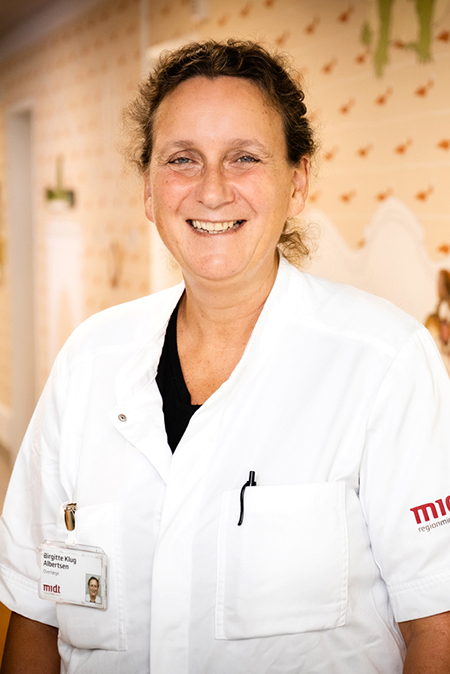Making treatment safer for children with leukemia
Meet Birgitte Klug Albertsen
“I want to explore the mechanisms of asparaginase-associated toxicities and identify biomarkers that can predict the risk of developing adverse events. By doing so, I hope to improve the quality of life and long-term outcomes for children with ALL”.
How do we optimize treatment of children with acute lymphoblastic leukemia (ALL) while balancing the chances of survival and the risks of serious side effects?
This is the focus of Clinical Professor Birgitte Klug Albertsen’s research at the Department of Clinical Medicine.
She studies a medicine called asparaginase, which is very important for treating ALL, but can also cause allergic reactions and other problems in some patients.
“Asparaginase is a very effective drug, but it also comes with a lot of challenges. We need to find ways to make it safer and more personalized for each patient”, says Birgitte Klug Albertsen.
She has been a part of a study that compared two ways of administering asparaginase to children with ALL. They found that giving less asparaginase was just as effective as giving more but had fewer side effects such as inflammation of the pancreas, blood clots, allergies and bone damage. This study changed the way doctors use asparaginase in Europe.
Currently Birgitte Klug Albertsen is working on a new method to identify patients who are likely to have allergic reactions to asparaginase in order to avoid severe and potentially life-threatening allergic reactions and to switch to an effective treatment at the optimal time.

“I was inspired by more experienced colleagues to pursue this area, and then I was captivated by curing sick children”, says Birgitte Klug Albertsen.
The close and friendly collaboration in NOPHO (Nordic Association of Hematology and Oncology) has been essential for her commitment to this field of research. In 2022 she was appointed as NOPHO Lecturer by the society for her outstanding research.
Treatment of ALL has improved a lot over the last decades. In the 1960’s and 1970’s only 1 out 10 children in the western world diagnosed with the disease survived. Today 9 out of 10 survive.